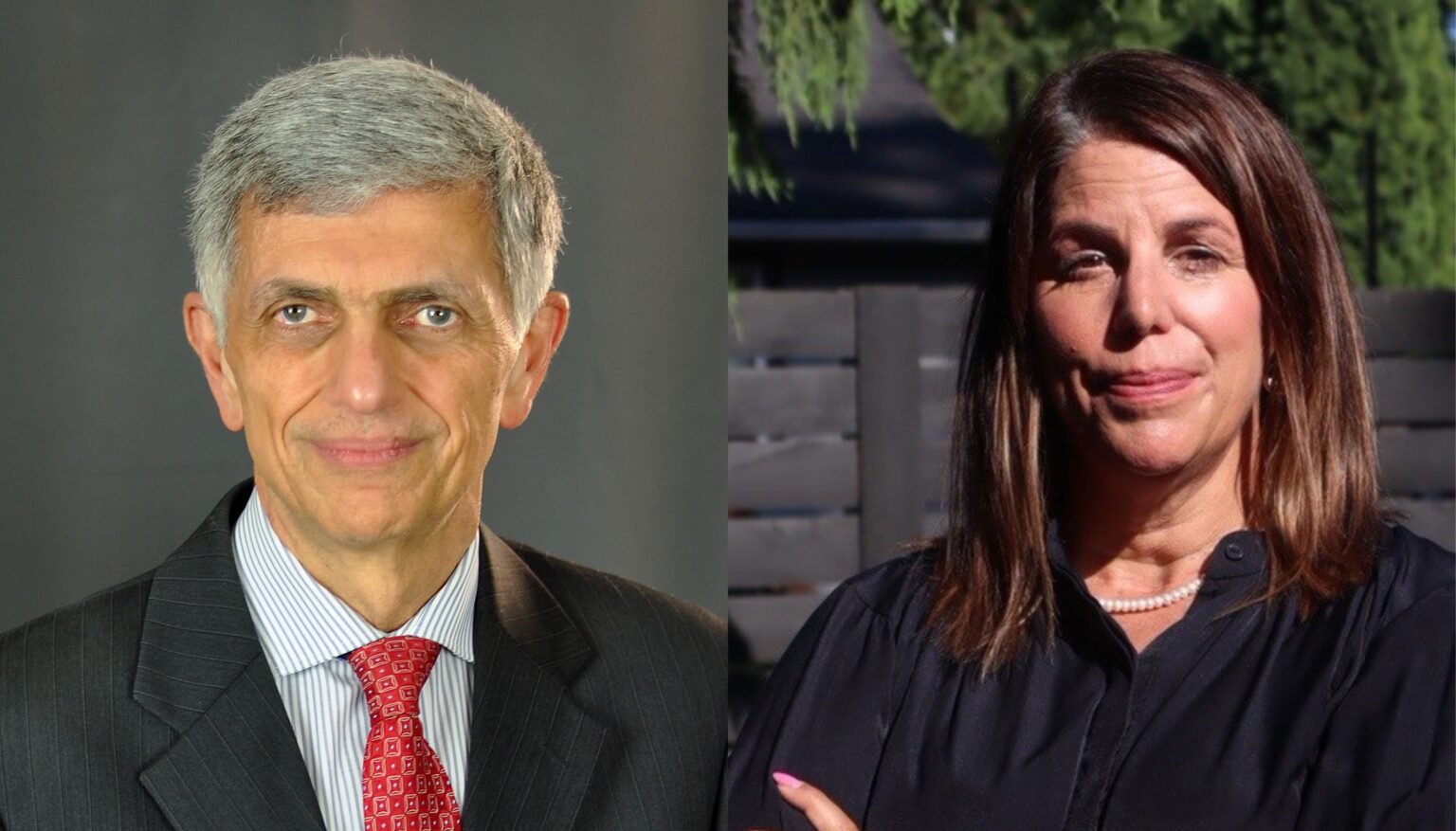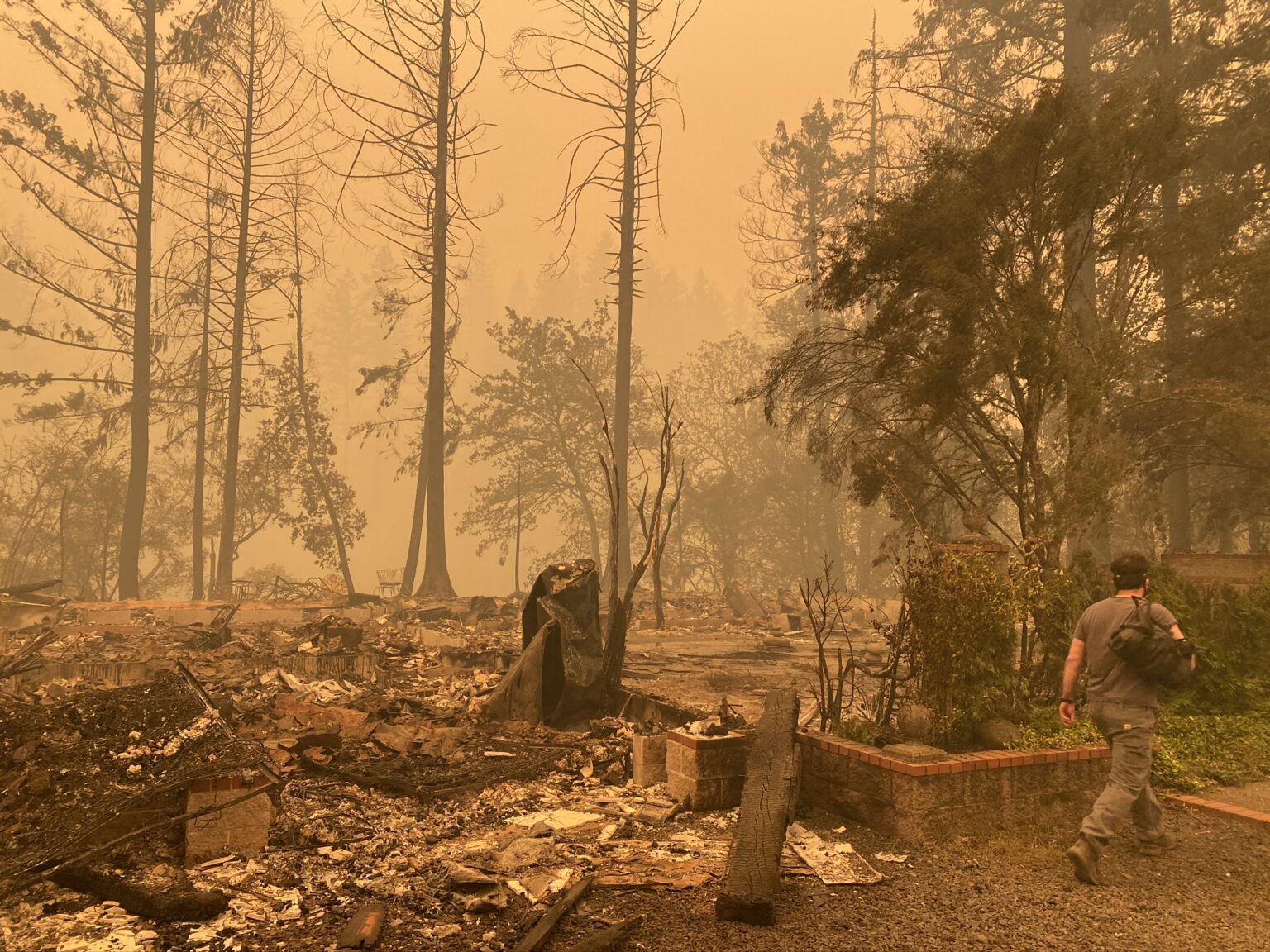Buttigieg, Northwest governors visit Interstate 5 Bridge to support its replacement
Published 2:16 pm Wednesday, February 14, 2024

- More than 131,000 drivers crossed the Interstate Bridge between Portland and Vancouver each day in 2021 compared to 33,000 in 1961.
As rush-hour traffic crawled across the Interstate 5 bridge between Portland, Oregon and Vancouver, Washington, U.S. Secretary of Transportation Pete Buttigieg and the governors of both states celebrated the bridge’s 107th year.
“She doesn’t look a day over 99,” Buttigieg quipped to Washington Gov. Jay Inslee.
Trending
The Democratic politicians had gathered to show support for plans to replace the bridge. That’s a decades-long effort that’s become a white whale for planners. Despite its historical and architectural value, the bridge is notorious for stop-and-go traffic that extends far into both cities at great economic and environmental cost. The steel structure is also at risk of bending or breaking in a powerful earthquake.
State and federal officials have been in talks to replace the bridge for at least 25 years. The $5 billion to $7.5 billion project is picking up speed again a decade after Republicans in the Washington state senate derailed it, but it already faces criticism for its climate impact and possible tolling costs for drivers.
In December, Buttigieg’s agency approved a $600 million grant to help pay for a new light rail line spanning a new bridge and expanded infrastructure for bussing, walking and cycling. Planners have also applied for an additional $2.5 billion in federal grants to rebuild the bridge, including making it seismically sound.
Oregon and Washington have both committed $1 billion, and drivers may pay tolls between $2 and $3.55 to cover funding gaps. Heavy opposition to tolling contributed to the project’s failure a decade ago.
During Tuesday’s event, the politicians and a gaggle of transportation planners donned hard hats and climbed the bridge’s rickety catwalk, the steel structure vibrating with the force of passing semi-trailer trucks carrying produce, oil and timber.
In the machine room, which houses equipment to raise and lower the middle of the bridge and allow the passage of tall boats, Greg Johnson, the bridge replacement administrator and lead on the project, explained that the new bridge would be built slightly to the west of the existing one.
Trending
The design of the new bridge is still unclear, pending the release of a draft federal environmental review that’s expected this spring. However, the design is likely to accommodate more freeway lanes – a sticking point for climate activists – as well as wider shoulders and an express bus lane. Over the roar of traffic, Johnson told Buttigieg and Inslee that the plan includes three new light rail stops to connect Portland and Vancouver.
In the cold and foggy morning, only a handful of cyclists crossed the bridge on a four-foot strip of sidewalk that’s considered too narrow by modern standards.
“I wouldn’t want to be riding a bike across that,” said Buttigieg, who has a reputation as a cycling booster.
As Buttigieg, Inslee and the planners climbed narrow stairs to the machine room, Oregon Gov. Tina Kotek, also a Democrat, briskly made her way across the exposed catwalk and back to the Vancouver side. The mighty Columbia River swirled 40 feet below.
“That’s a little high for me,” she said.
Notoriously congested, obsolete
Even critics of the project agree that commuters and truckers desperately need a modernized bridge – and one that’s more resilient to earthquakes.
The Interstate Bridge is actually two bridges that are nearly identical. The first was built in 1917 with a five-cent toll for automobiles and horses. Streetcars buzzed across the bridge until 1940. The second bridge was built in 1958 after the interstate was created and was also tolled.
The bridge is critical to trucking and trade on the I-5 corridor, which runs along the West Coast between Canada and Mexico. More than $100 million in freight crosses the bridge daily. It’s also a key route for thousands of commuting workers.
The bridge is considered “obsolete” by the Federal Highway Administration because its lanes aren’t wide enough, there are no shoulders and its design fails to meet the traffic demand. More than 131,000 drivers crossed the bridge each day in 2021 compared to 33,000 in 1961, according to the Southwest Washington Regional Transportation Council.
Chris Smith, a policy advocate with the climate activist group No More Freeways, said in an interview that planners are considering building four or five lanes in each direction on the new bridge compared to the current three lanes in each direction. He supports plans to build a new, seismically safe bridge with lots of transit options beyond driving.
But he said planners should strike the freeway expansion and invest instead in road safety projects elsewhere, adding that every dollar put to freeway construction is “wasted money” that counteracts climate goals. Transportation is the largest source of greenhouse gas emissions in both Oregon and Washington.
The planners say they are prioritizing low-carbon transportation and that the project “supports climate goals of both states.”
Money trouble
Funding the project could be a challenge. Its price may exceed $7.5 billion because of inflation, Oregon Public Broadcasting reported. On Monday, Buttigieg told the radio network that there’s no guarantee his agency would approve the states’ applications for $2.5 billion in grants.
“But, you know, just because we know a project is important doesn’t mean it always happens. These are very competitive programs, even with all the new funding,” Buttigieg said.
Dean Suhr, a co-founder of the activist group Vote Before Tolls, is collecting signatures to place a measure on the 2024 ballot that would require voter approval of plans to toll I-5 and other Oregon thoroughfares. He said the measure could hamper the bridge replacement project. Suhr supports building a new bridge “like virtually everybody,” he said.
But Suhr is critical of using tolls to pay for the plan and said that planners aren’t being transparent with their revenue estimates. He’s also concerned about cost overruns falling on drivers.
“We want good roads. We know we have to pay for them,” Suhr said. “But we know we have to be as efficient as possible.”




